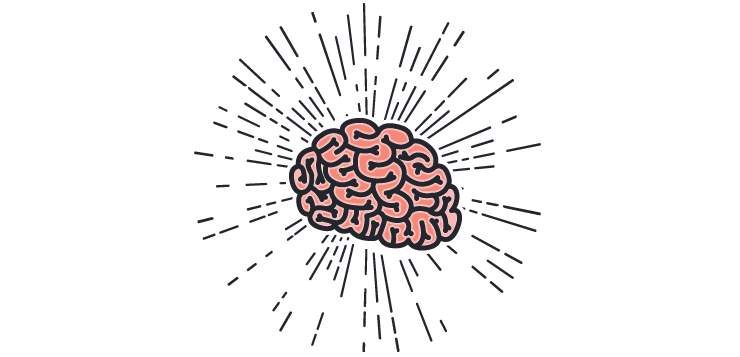If you’re going to take something up—learning a language or taking a course in managing difficult people or, say, meditating—you’d probably like to know whether it’s going to work, why you’re doing it, and what you might get out of it. Increasingly, we like those answers to come, if at all possible, in the form of some kind of data. We want evidence. Which is probably why mindfulness has grown in popularity in the 30 years since researchers started studying its effects in earnest.
The marriage of science and mindfulness has been a good thing. It has helped to ground the conversation about what mindfulness is good for in very practical terms. But, as in most marriages, there are areas that could use some attention.
The marriage of science and mindfulness has been a good thing. It has helped to ground the conversation about what mindfulness is good for in very practical terms. But, as in most marriages, there are areas that could use some attention.
For one thing, in our rush to have everything explained for us in the simplest possible terms (how does it all work?), we can grasp after overly simplistic explanations and take them as Truth (insert trumpet blast). Some neuroscientist friends of mine have become so tired of hearing about the amygdala that they want to muzzle the next person who brings it up (not really, but sort of). The amygdala is described as the emotional center of the brain (like a pulpy almond-shaped oversensitive child) and the pre-frontal cortex as home to the Executive Function (use a deep baritone to say that). The EF is like a team of smart people from MIT who have come in to keep the overreactive, fearful little amygdala in line. And Mindfulness (big M on the chest) can help the EF keep the amygdala from taking over the show.
Some neuroscientist friends of mine have become so tired of hearing about the amygdala that they want to muzzle the next person who brings it up (not really, but sort of).
It’s a nice story, and if it helps keep Johnny from smacking Jimmy on the playground, it’s all to the good.
The simple story, though, can obscure something truly awe-inspiring about the brain: Its functions are distributed in amazing ways throughout its many parts and are called forth through a complex web of connections that we may never fully understand. It is creating and recreating reality on the spot moment-to-moment. It’s not a static machine with different parts; it’s a firestorm of activity. Neuroscientists I’ve consulted caution us to be careful when we use models that are super neat and tidy. The map is not the territory. And real science proceeds not from certain knowledge of how the whole thing works but from an unending curiosity about what is going on. Questions trump answers.
Many scientists studying mindfulness also find it disconcerting when assertions are made about how much has been proven about the effectiveness of mindfulness. As papers in a special issue of American Psychologist (October 2015) devoted to the topic made clear, the study of mindfulness is in its infancy and many methodological hurdles must be overtaken in order to strengthen what we can conclude from studying humans who meditate. Early results are encouraging, but compared to something like the effects of exercise, we’re decades away from the day when the study of mindfulness is a mature field. It’s an exciting time to be studying mindfulness, but let’s be clear about what we do not know. That’s a fundamental principle that science and mindfulness share: Keep an open mind.







